A Comfortable and Peaceful Stay in the Heart of the City
A Comfortable and Peaceful Stay in the Heart of the City
For an unforgettable accommodation experience on your business or leisure trips,
Information About the Çatalhöyük Neolithic Site
Çatalhöyük Neolithic Site is one of the most important archaeological sites in the world, located within the borders of Konya province near the district of Çumra. This site includes a mound and surrounding settlement areas that date back to between 7500 and 5700 BCE, showcasing traces of early settled societies from the Neolithic period. Çatalhöyük is on the UNESCO World Heritage List due to its historical and archaeological significance and draws significant scientific interest worldwide.
History and Discovery of Çatalhöyük
Çatalhöyük was first discovered by archaeologist James Mellaart in the 1950s, but more extensive excavations and research began in the 1990s. As a major symbol of the transition to settled life during the Neolithic period, Çatalhöyük provides insights into the lifestyles, cultural structures, and religious beliefs of early agricultural societies. Its discovery has offered valuable information about prehistoric human communities.
Excavations at Çatalhöyük have unearthed structures, tombs, and artworks dating back thousands of years. Additionally, early human settlements discovered here provide invaluable findings that reveal different lifestyles, climate changes, and societal structures.
Settlement Areas and Structures
Çatalhöyük is a settlement area composed of single-story houses built adjacent to one another, reflecting the basic traces of settled life during this period. The houses, constructed with materials like stone and mudbrick, are interconnected and closely packed. They typically feature flat roofs and rectangular plans. The walls of these houses contain various figures, animal depictions, and other symbols. These artworks at Çatalhöyük help us understand the religious beliefs, cultural values, and daily lives of the period.
Inside the houses, numerous daily living tools, processed stones, kitchen utensils, and traces of weaving have been found. Furthermore, cemeteries discovered in this area offer valuable insights into burial rituals and beliefs about life after death. One of the most remarkable features of Çatalhöyük is that the entrances to the houses were constructed through the roofs. This feature might have been intended for defensive purposes or as part of a social structure.
Art and Symbols
Çatalhöyük is one of the richest sites for artistic findings from the Neolithic period. The wall paintings, stone carvings, and figurines uncovered here provide significant clues about the religious and cultural life of the era. The wall paintings at Çatalhöyük range from animal figures to geometric patterns. Additionally, figures like "Bull Heads" found here represent the relationship between people and nature during this period and the meanings attributed to it.
The artistic findings at Çatalhöyük are not limited to visual arts. Stone carvings, figurines, and various ritual objects also offer insights into the religious beliefs of the period. One of Çatalhöyük's most well-known symbols is the animal figures and hand-made spheres inscribed on the walls of houses. These figures carry traces of the beliefs and mythology of the time.
Economic and Social Structure
The people of Çatalhöyük sustained themselves through agriculture. As one of the early agricultural societies of the period, Çatalhöyük residents cultivated grains like wheat and barley and practiced animal husbandry. Additionally, the region's suitable climate enabled fishing and hunting to contribute to their livelihoods. Bones and teeth discovered during excavations at Çatalhöyük provide information about the dietary habits of the period and reveal the diversity of activities and social life.
Research on the social structure of Çatalhöyük suggests an egalitarian society. The arrangement of houses and other structures reflects a strong sense of community and a sharing-based lifestyle. This helps us understand how Çatalhöyük served as a model for early settled societies and how their social structures developed.
The Importance of Çatalhöyük and UNESCO World Heritage
As one of the most important settlement areas of the Neolithic period, Çatalhöyük offers invaluable insights into the early stages of human history. This site holds great historical and cultural importance, leading to its inclusion on the UNESCO World Heritage List in 2012. Çatalhöyük, as one of the oldest and best-preserved archaeological sites bearing traces of the first settled societies, serves as a unique resource for archaeologists and historians.
In addition to its immense archaeological significance, Çatalhöyük contributes culturally and touristically to its surrounding regions. The site not only offers visitors a historical experience but also provides a deep understanding of the evolution of human history.
Visitor Information
Çatalhöyük Neolithic Site is located within the borders of Konya province near the district of Çumra and can be accessed by private vehicles. Guided tours are available to visitors, providing information about the excavations, cultural values, and historical findings at the site. Çatalhöyük is a unique destination, especially for history enthusiasts and archaeology students.
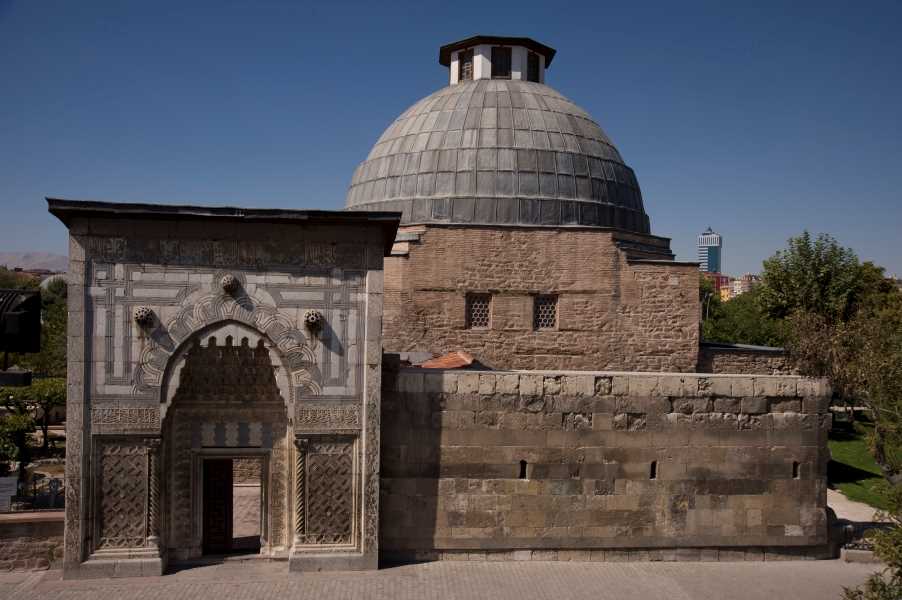
Selçuklu
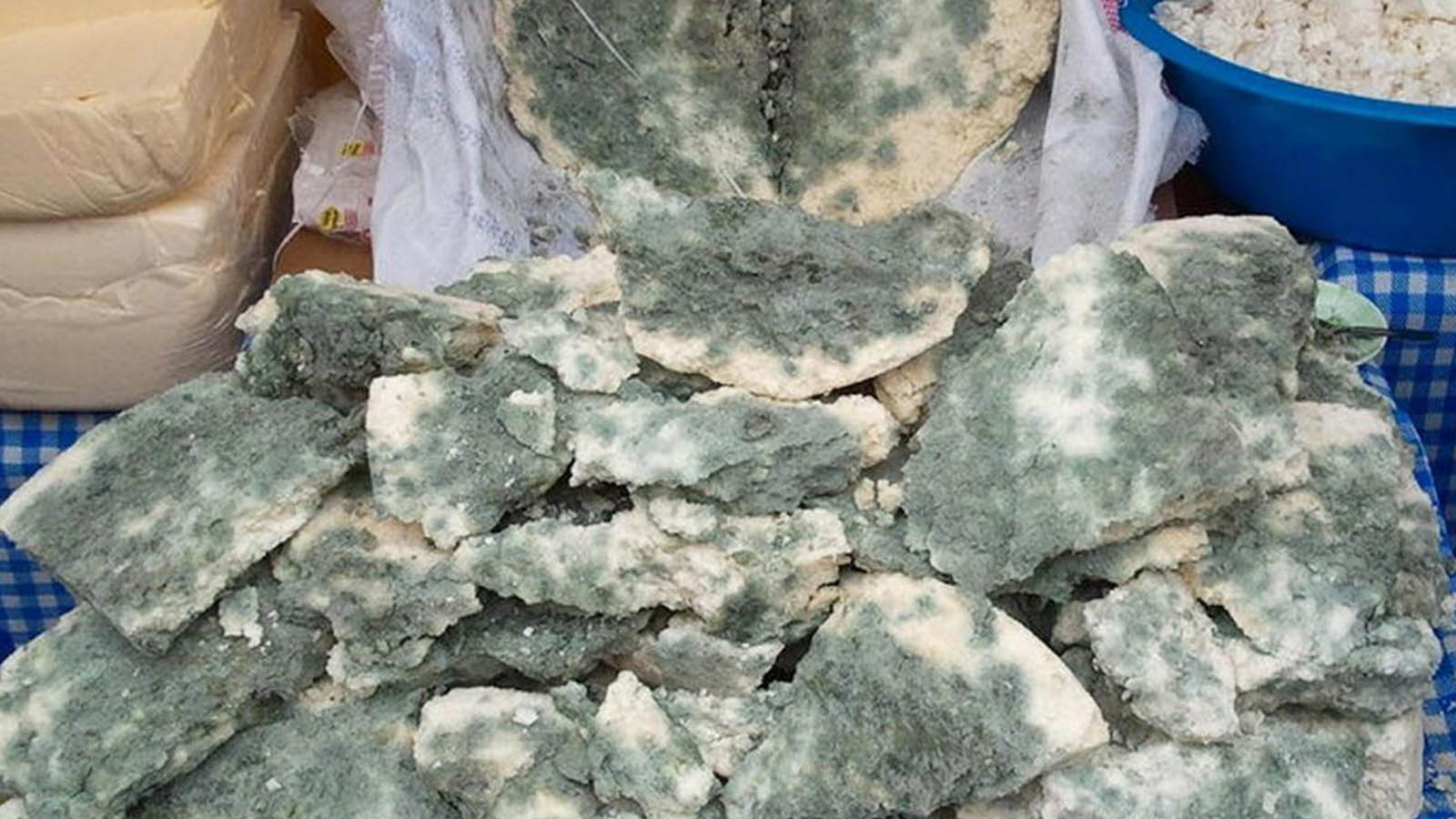
Konya
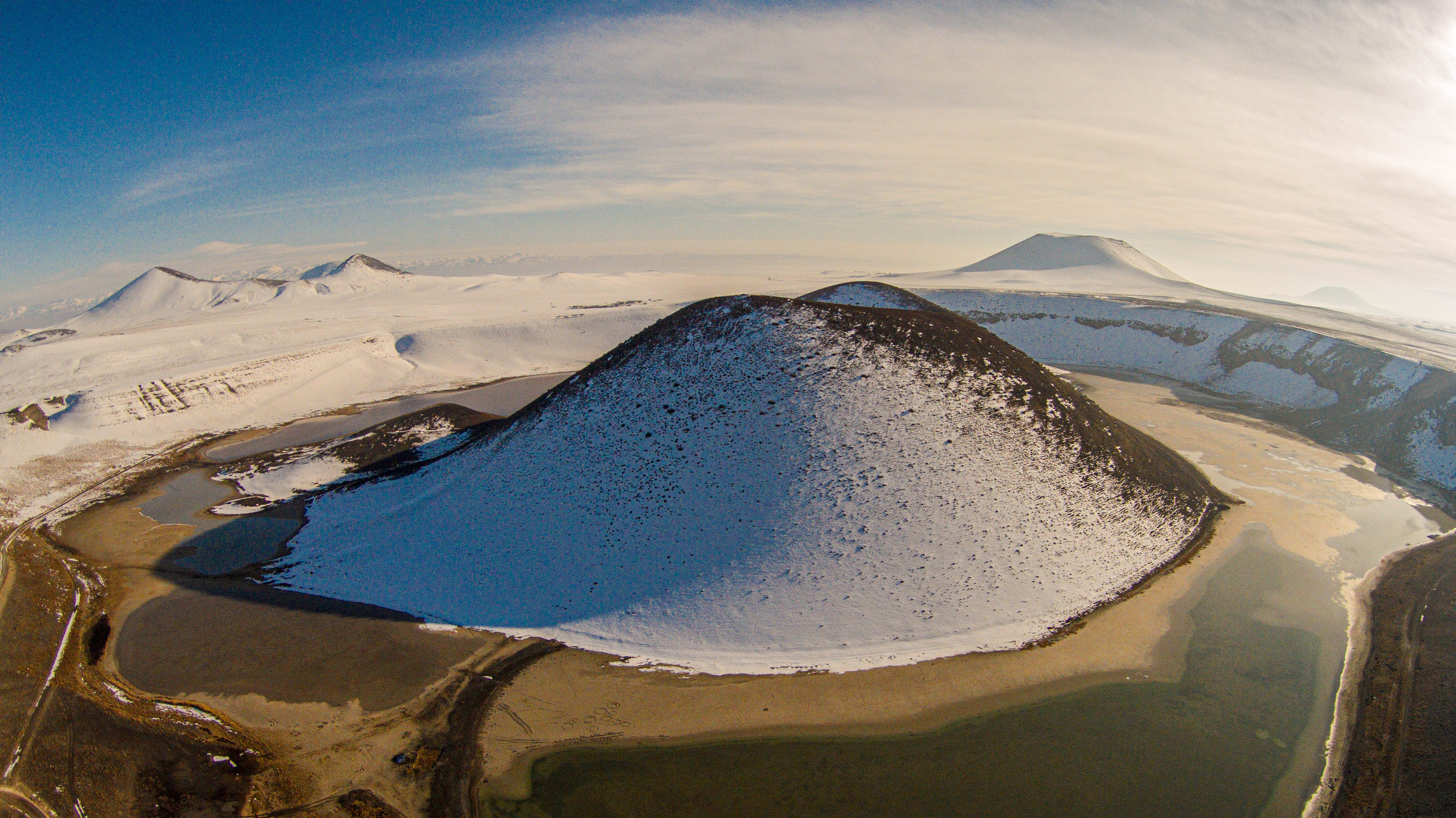
Acıgöl
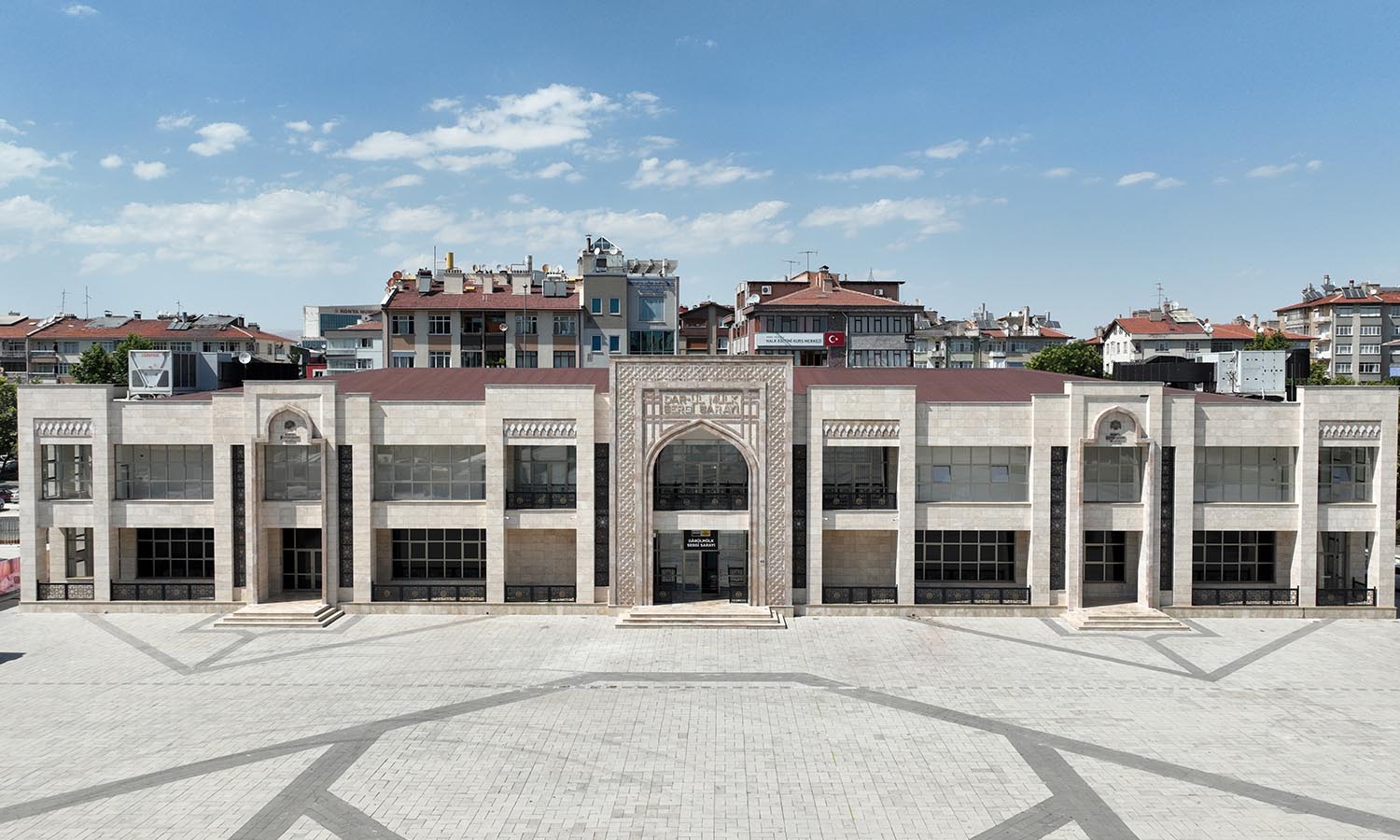
Selçuklu
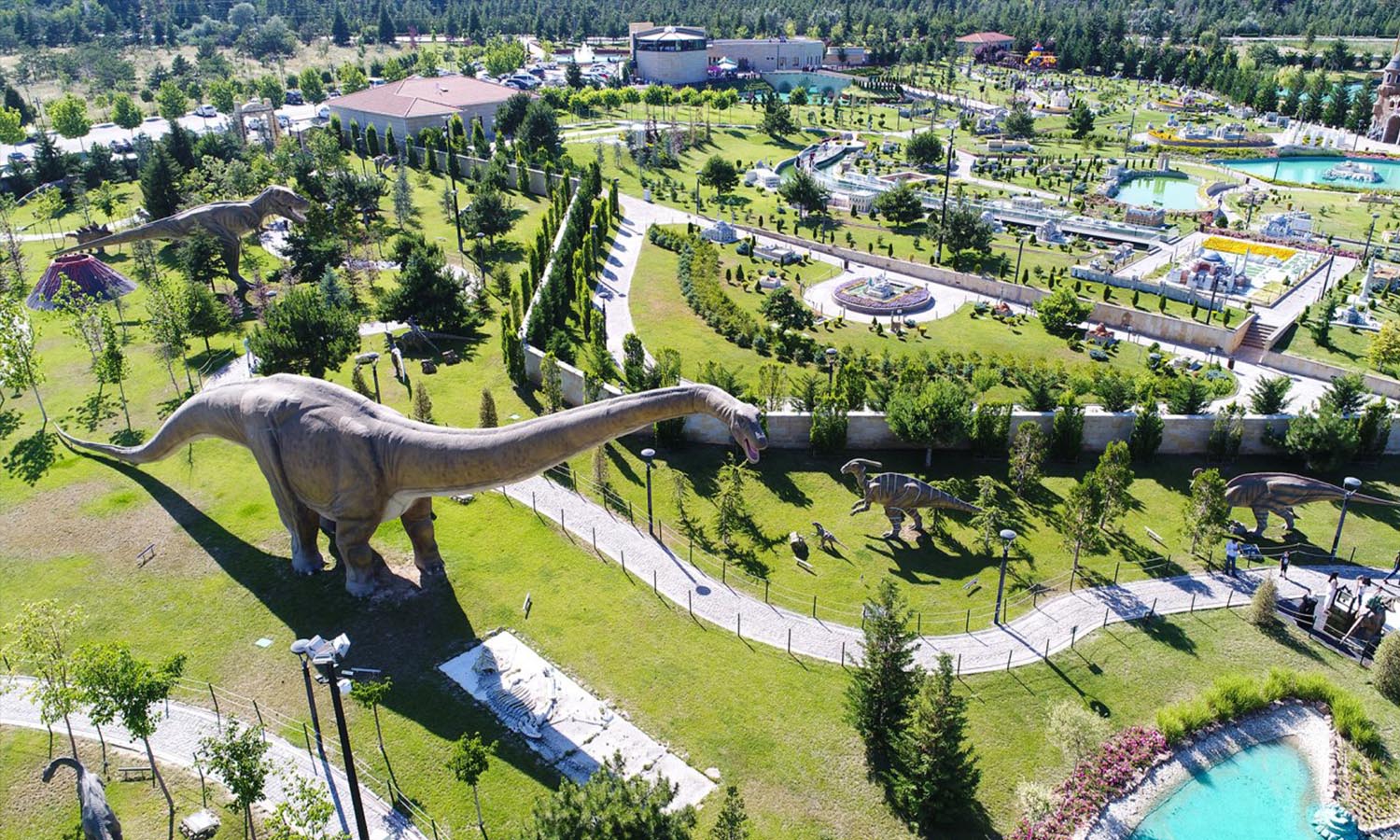
Meram
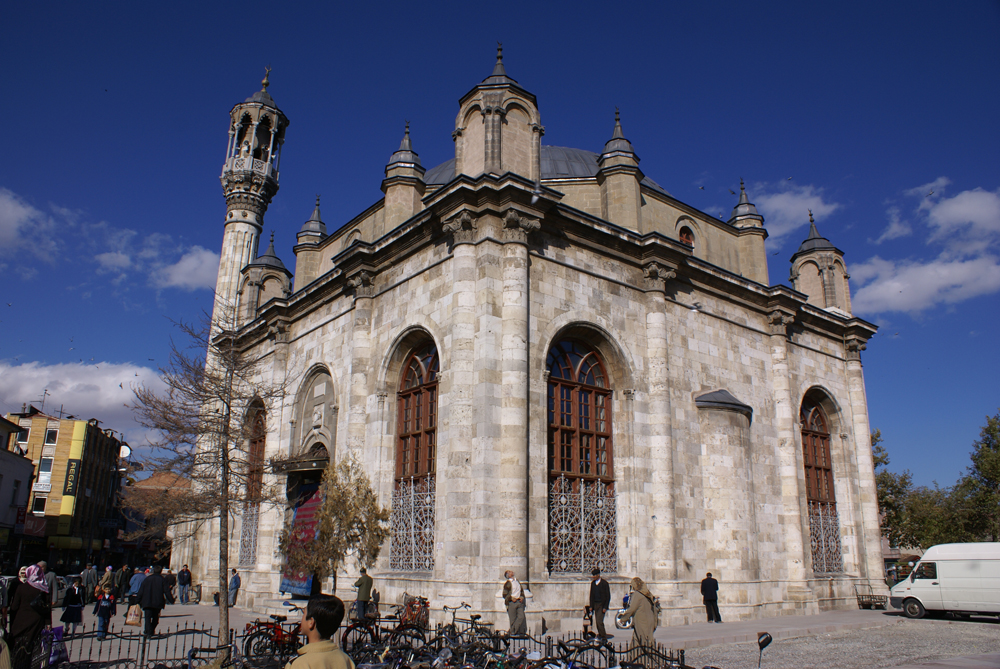
Karatay

Konya

Konya
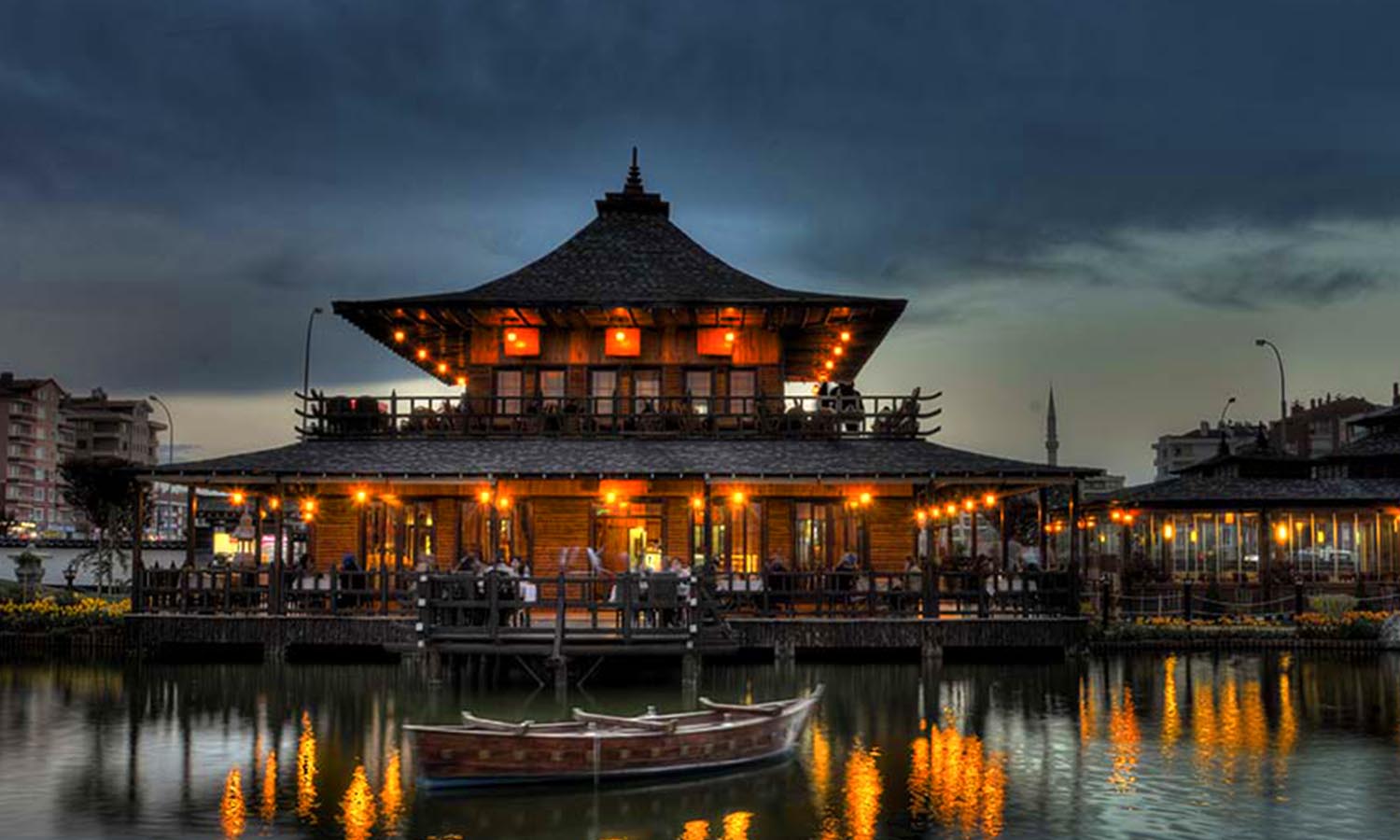
Selçuklu
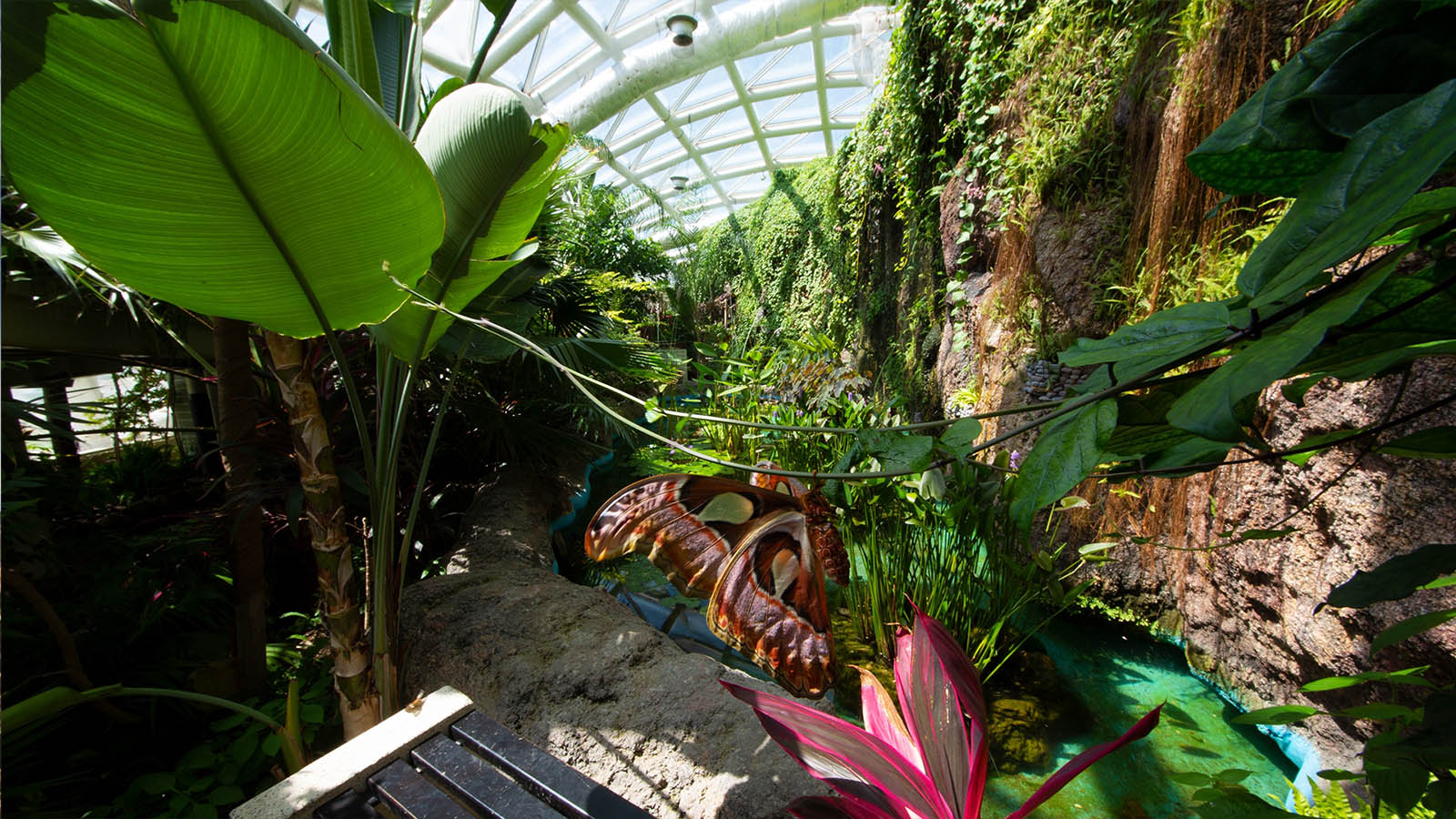
Selçuklu

Konya
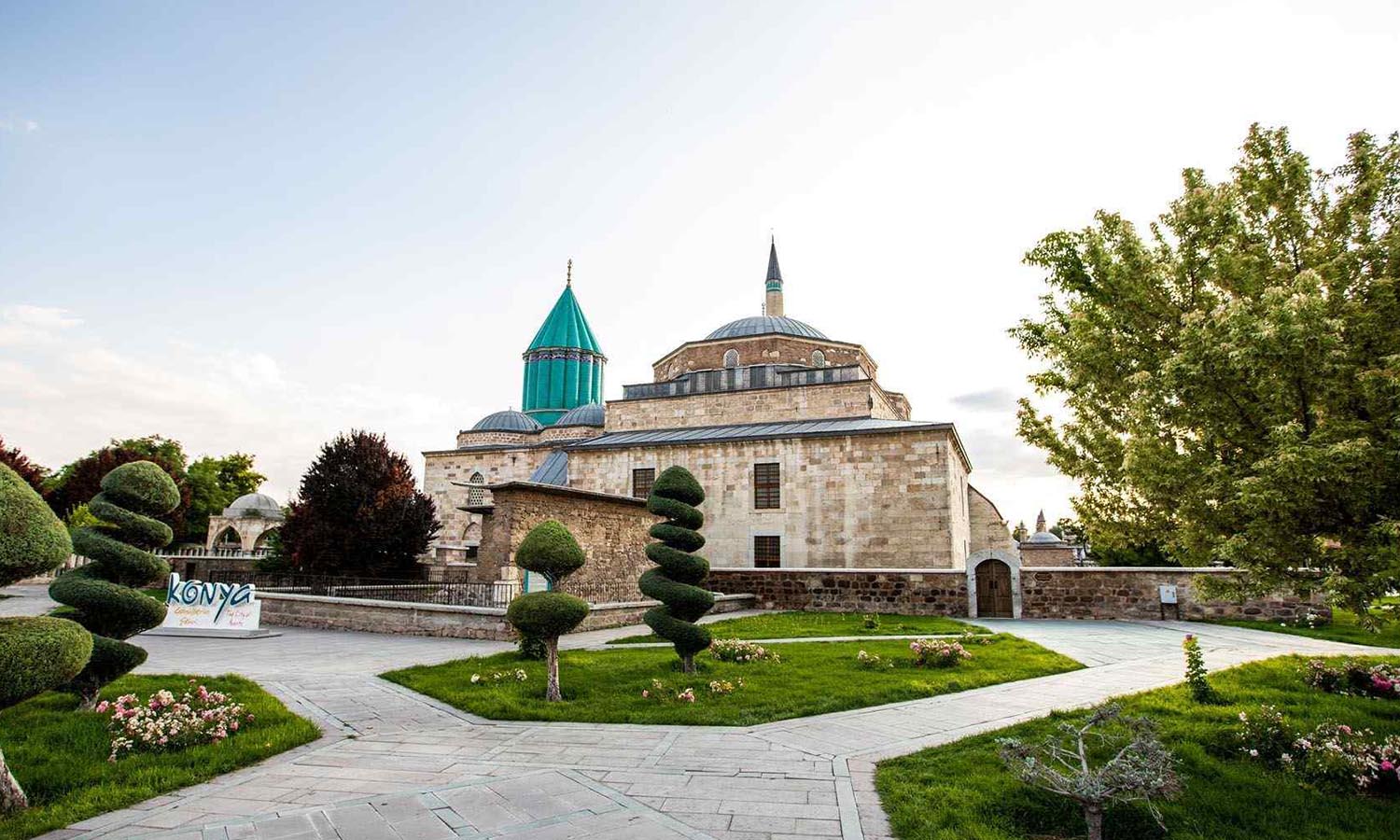
Karatay
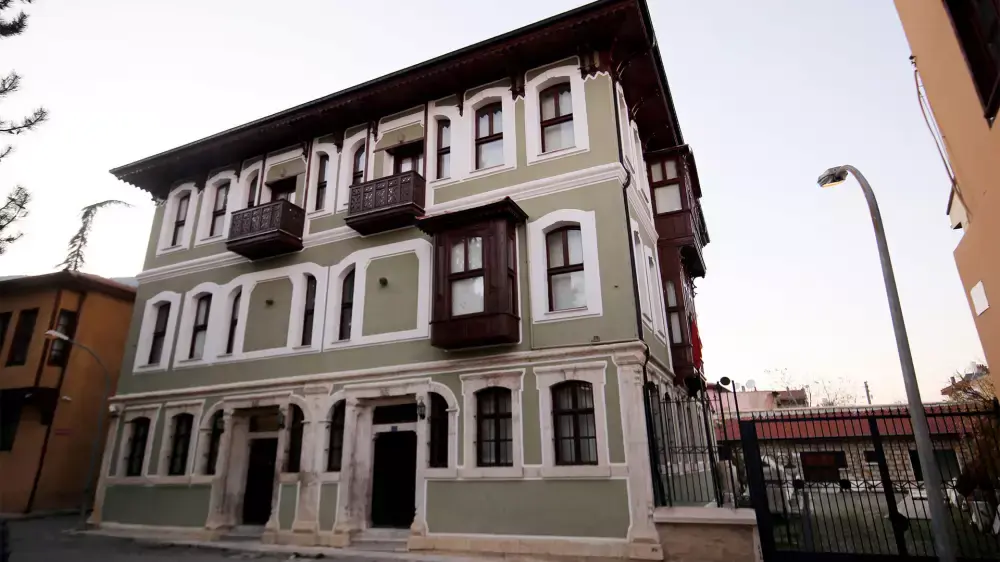
Selçuklu,Akşehir

Konya
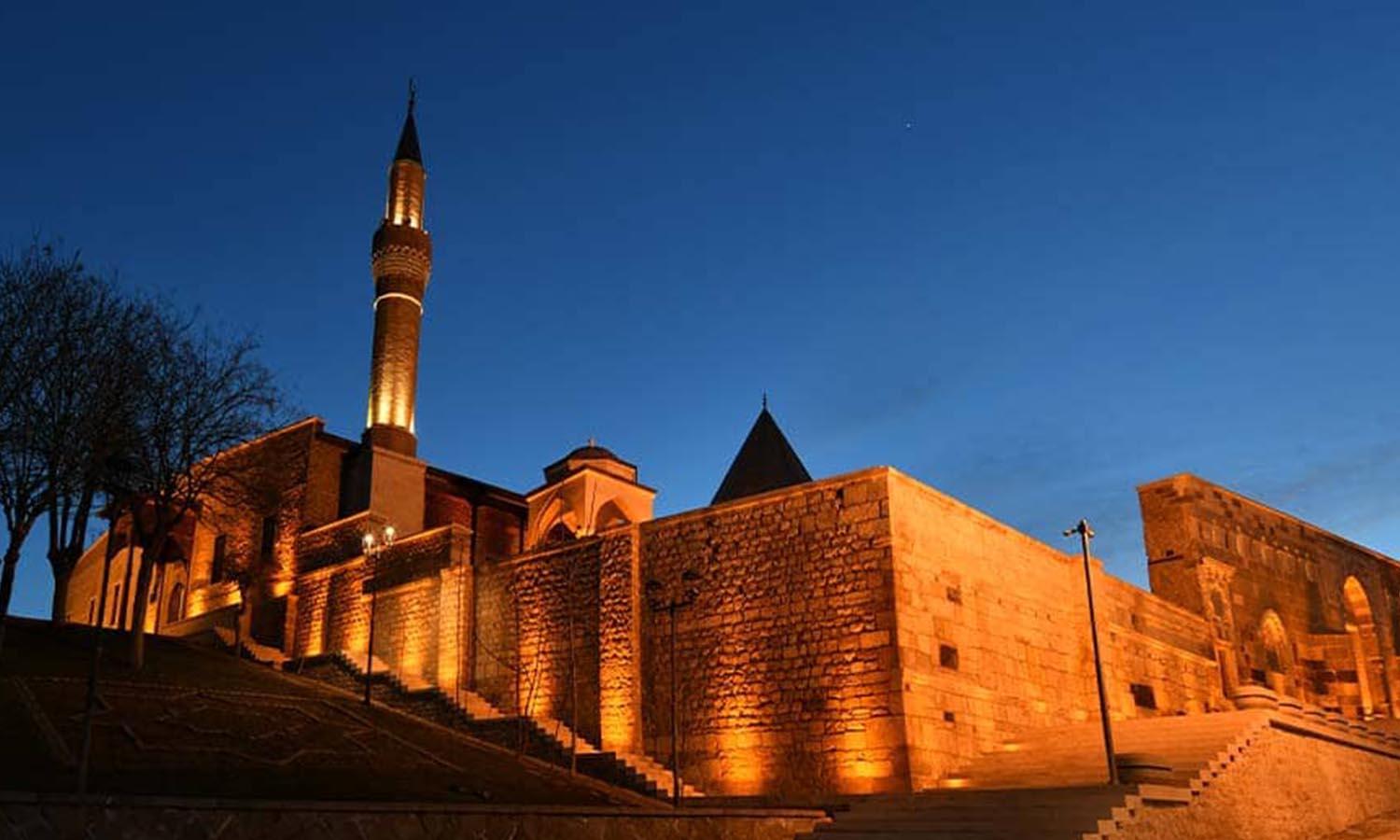
Selçuklu